Based in Chamonix, Jonathan Griffith is one of the most renowned photographers and filmmakers in the world of mountaineering. An experienced climber and regular contributor to Meta and Red Bull, he has been pushing the boundaries of immersive filmmaking for several years with films such as EVEREST VR, THE SOLOIST VR, and the recent TOUCHING THE SKY. We meet a director for whom virtual reality is a natural extension of exploration.
From mountain photographer to VR director
Jonathan Griffith – I have always been passionate about showing the real mountains, not the “postcard” version. I was frustrated to see images of mountaineering taken just a stone’s throw from the cable car, lacking in authenticity. My goal was to convey what mountaineers really experience: fatigue, fear, raw beauty.
J. G. – One day, at the Banff Mountain Film Festival, I discovered Google Cardboard. It was rudimentary, but the idea of being able to look everywhere blew me away. I thought to myself, “That’s it. That’s how I can finally transport people up there.” From then on, VR became a no-brainer.
EVEREST VR, a “classic” immersive documentary
J. G. – Yes, but it was completely experimental. I financed the filming of EVEREST VR myself, with a Sherpa, and sent ten minutes of footage to Oculus (before it became Meta). A few days later, I found myself on a video call with the team from the future Reality Lab. They told me, “This is the best thing we’ve seen in VR.”
J. G. – That’s how it all started. They helped me finalize the project, and since then, I’ve been working almost exclusively with them. It’s a rare relationship of trust: they give me complete freedom. I then made THE SOLOIST with Alex Honnold, followed by TOUCHING THE SKY, often in co-production with Red Bull for distribution. The two teams complement each other perfectly: Red Bull for marketing, Meta for creative vision.
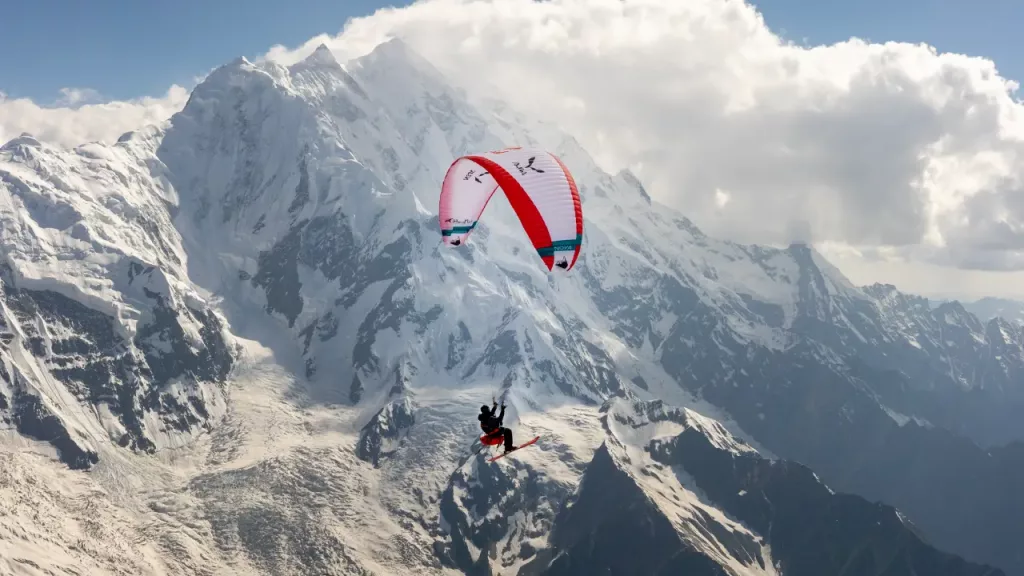
Shooting a VR film in extreme conditions
J. G. – It’s paradoxical to want to do everything better, but it’s also more complex. Capture systems are better, headsets have a better frame rate, so you can move the camera, film in flight, and attempt movements that were impossible before. But VR is a very delicate balance: if you cross the line, you make the viewer sick. Back in the days of EVEREST VR, it was simpler, but also more raw. Too much narration, too much music. Today, I’m looking for pure immersion: long scenes, no voice-overs, no artifice. I want the story to unfold within the scene, not around it. It’s infinitely more difficult, but that’s where the magic lies.
J. G. – Filming in real conditions, especially at high altitude, is very complex… even crazy! TOUCHING THE SKY is probably the most extreme shoot I’ve ever done. We were paragliding in incredible conditions, with a camera suspended below me. There were three of us paragliding, ten meters apart, for hours on end. The slightest movement could ruin a shot. But we were determined to maintain the 3D depth and convey the scale of the mountains. It was dangerous and exhausting, but magical when it worked. The team was tiny: the athletes, my tandem pilot, and me. It was as much a human adventure as it was a technical one.
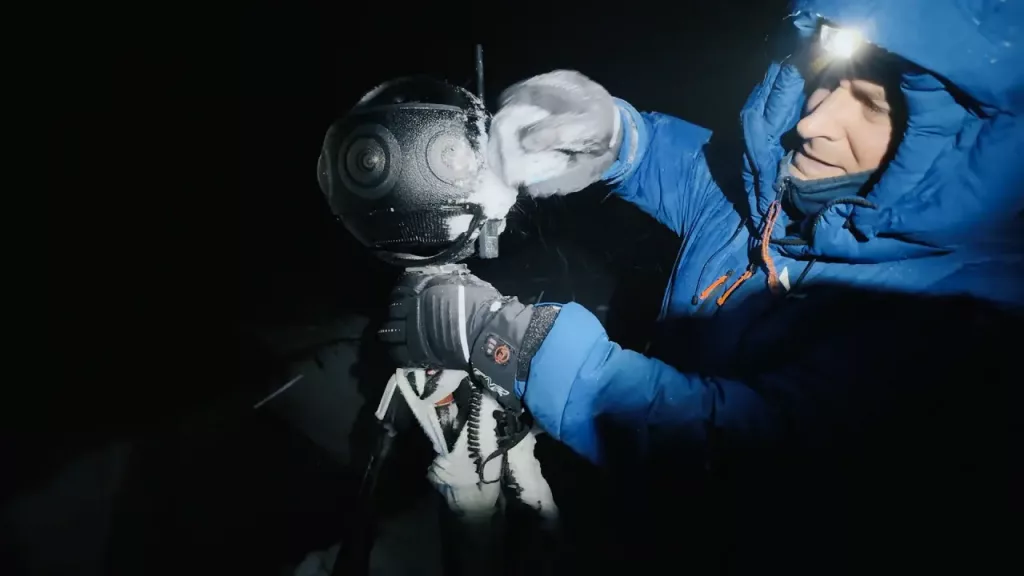
J. G. – The filming of TOUCHING THE SKY was very precise. Every shot was storyboarded, every transition planned in advance. My goal was to create a film with no noticeable cuts, a bit like Sam Mendes’ 1917: to give the viewer the impression of a single continuous shot. In the mountains, of course, this is almost impossible, but I designed very subtle visual and audio transitions so that the immersion was never broken. And I think a lot while running—literally. It’s while running in the mountains that I find editing solutions.
J. G. – I also wanted to avoid “couch VR” where you have to consatantly turn your head. My idea was that you could experience the film while sitting down, immersed in the scene. I didn’t quite succeed because of the CGI, but that was the goal.
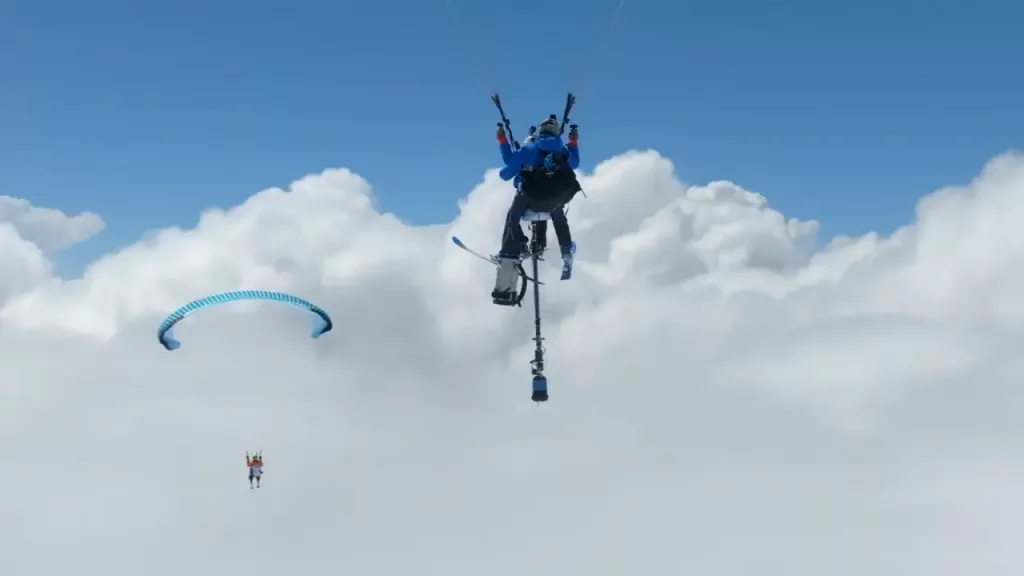
J. G. – TOUCHING THE SKY has visual cues in certain sequences to help viewers understand the context better—but without giving away too much. I want viewers to discover things for themselves, just like in real life. VR is all about the experience. If you guide them too much, you destroy their freedom of interpretation.
J. G. – I want everyone to experience their own adventure. If you do your job well, you don’t need to artificially stir up emotion with music or voiceovers. Emotion arises naturally when the experience is authentic.
Live VR: the end of a trend?
J. G. – It’s a bit sad to see that there are so few real VR films being made. A few years ago, Meta was funding a lot of 360 projects, but most of them were bad, so the budgets disappeared. Today, hardly anyone is shooting in 360 3D anymore. It’s expensive, time-consuming, and complicated, but the results are unmatched. 180 is effective, but if I’m going to make the effort to put on a headset, I want to be inside it. True immersion is 360. But be careful: it has to be done perfectly. Rough stitching, bad pacing, and you lose the viewer. I’m lucky that my subjects—mountains, adventure, nature—lend themselves perfectly to this format.
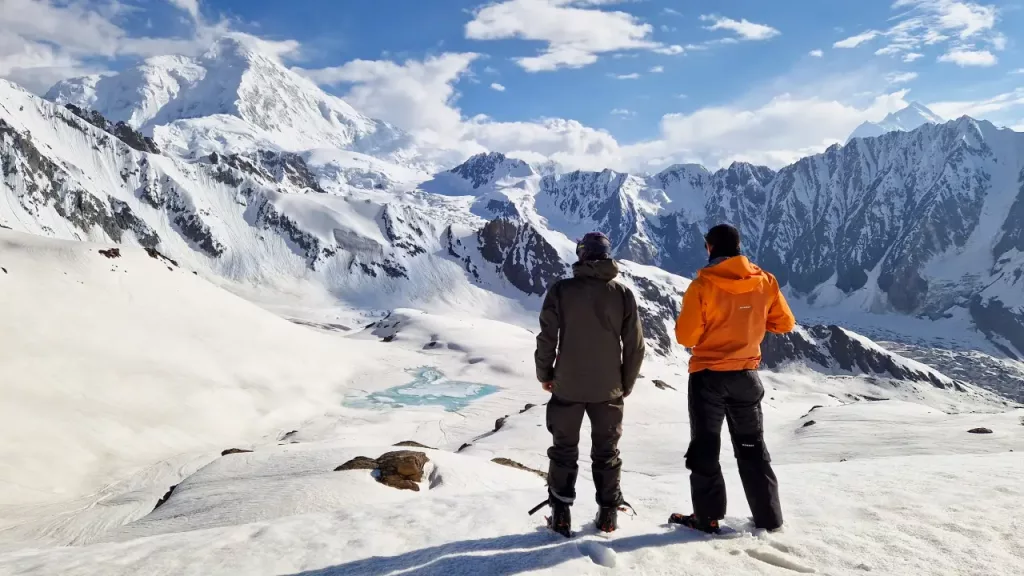
J. G. – At conferences and festivals, it’s exciting to see the effect my films can have on audiences. After TOUCHING THE SKY, I received hundreds of messages from people who were deeply moved by the experience. When you work on a film for three years without knowing how it will be received, it’s very powerful to see that emotion. I felt that it was a different kind of project—more narrative, more immersive—but you never know if others will see it the same way you do.
Finding the right VR narrative
J. G. – Today, with headsets like Apple Vision Pro, I see a lot of filmmakers from traditional cinema making the same mistakes we made back in the Oculus days. They push the limits of comfort in the name of creativity, with sudden camera movements or unnecessary visual effects. For me, that’s a mistake. When someone discovers VR for the first time, their experience has to be perfect and comfortable. If they get sick, you’ve lost them for two years. Comfort is more important than style.
J. G. – The length of my films is always a real issue, more for me than for the platforms (which can accommodate very long films). EVEREST was in three parts, THE SOLOIST in two. But with TOUCHING THE SKY, I wanted to make a real film, a complete experience. And what’s interesting is that no one notices the length. Viewers think they’ve spent twenty minutes, not an hour.
It’s a bit like a movie: you commit yourself, you agree to experience something unique for a given period of time. That’s what I like about it.
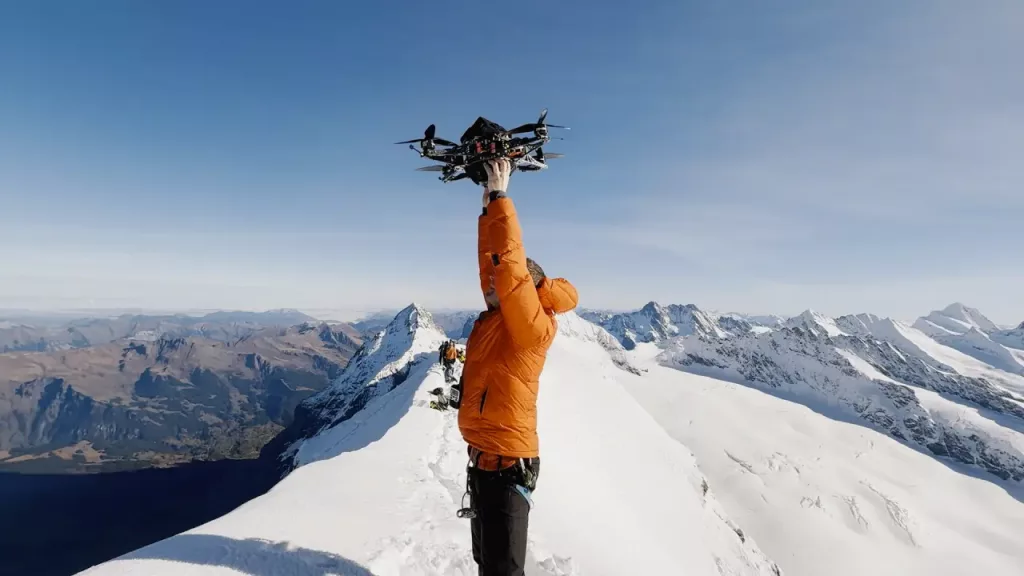
J. G. – Our documentaries are truly VR films and cannot be adapted to 2D for traditional broadcasting. That would require another shoot. In flight, I already have eight cameras, two gimbals, real-time monitoring… It’s intense. I come out exhausted every day. Fortunately, Red Bull often films the making-of, so there is still a “traditional” record of it all.
Next?
Jonathan Griffith : (smiling) Officially, I can’t talk about it. Unofficially… It’s still a huge challenge, both athletically and personally!

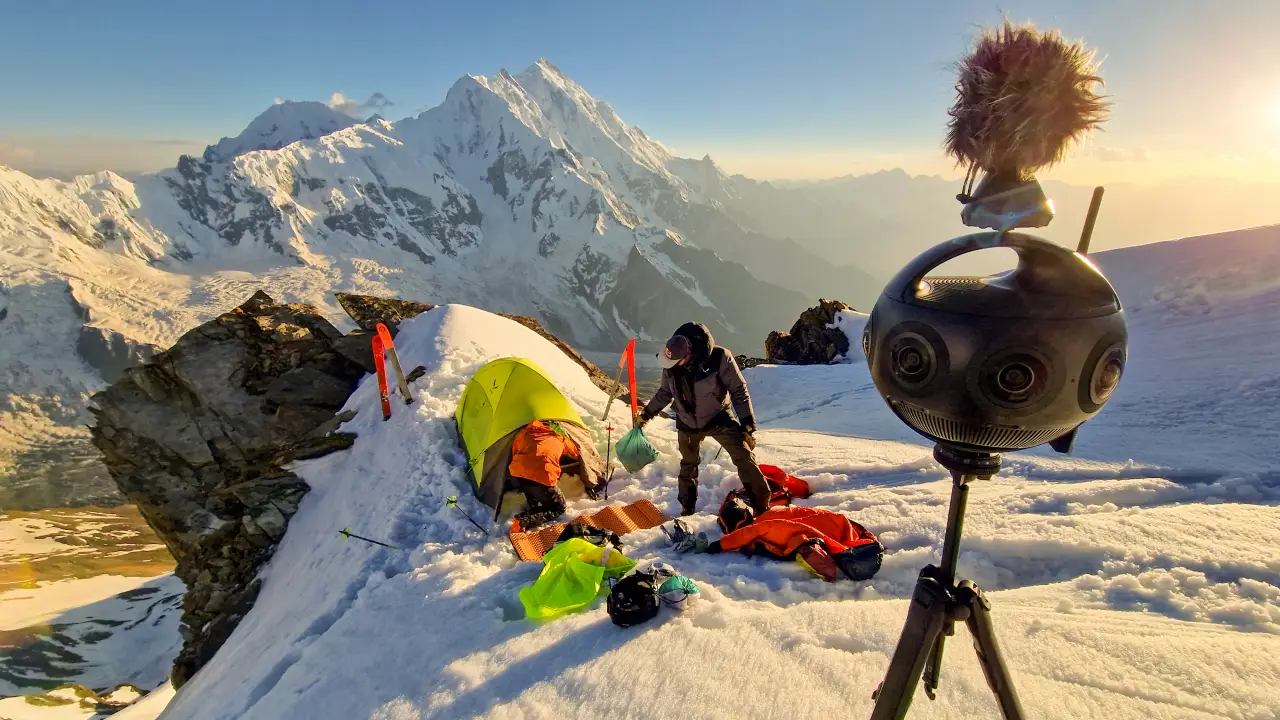

Leave a Reply
You must be logged in to post a comment.